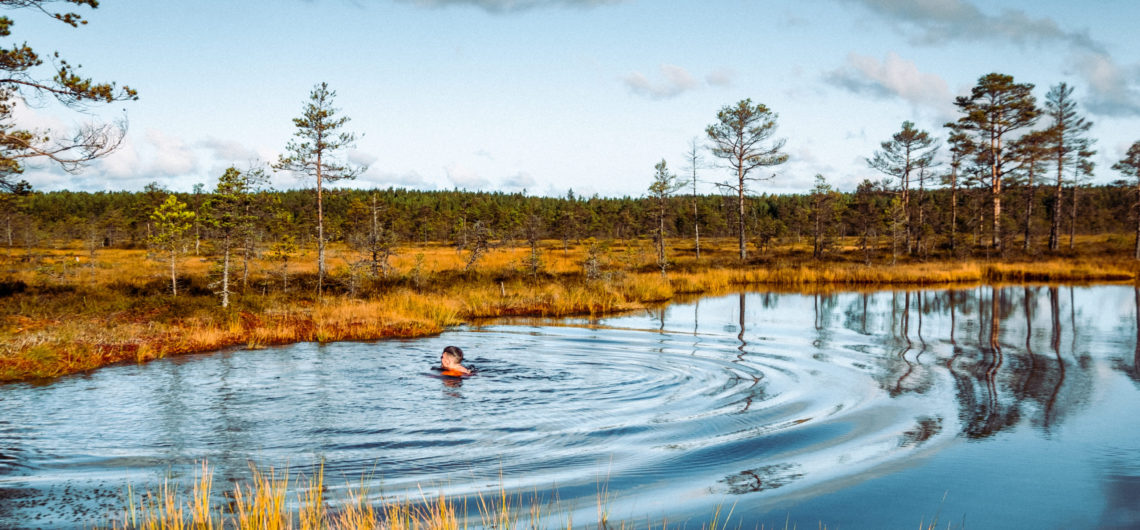As we can only take you to tours after the COVID-19 outbreak is over, we decided to share our knowledge about plants from Estonian nature that cure illnesses or can boost your immune system. Please stay at home, but perhaps use this time to reschedule your vacation for later in the year. For example, come to Estonia to adore the beautiful starlit sky in August or the golden leaves in September. Over 50% of the Estonian area is still natural forest and the locals have been in touch with nature through generations. Here are 10 plants that have healing properties and a guide to where to find them on nature tours in Estonia.
Cover photo by ©Kadi-Liis Koppel
1. Juniper
Juniper is often associated with Estonian islands, where the landscape is dominated by grasslands and pretty juniper bushes. The berries of the juniper tree have healing benefits and you can find them on Prangli Island. The island is only a one-hour ferry ride from Tallinn and has less than one-hundred inhabitants. It offers a great Estonian countryside feel that you can explore on this Day Trip to Prangli Island or on a Hiking and Sauna Trip to Prangli. If you visit the island in August or early autumn, you can pick some berries to make tea. Tea made from juniper berries boosts your immune system and helps with headaches. Locals also use the berries to make syrup or oil which helps to reduce coughing when applied on the neck. The old Estonians used Juniper to fight infections. During the times when plague and cholera was around, people protected their homes using the smoke from burning junipers. Also, eating one berry every day was believed to keep you well and help you live longer. The berries can even take away bad breath – eating a couple of berries should do the trick!
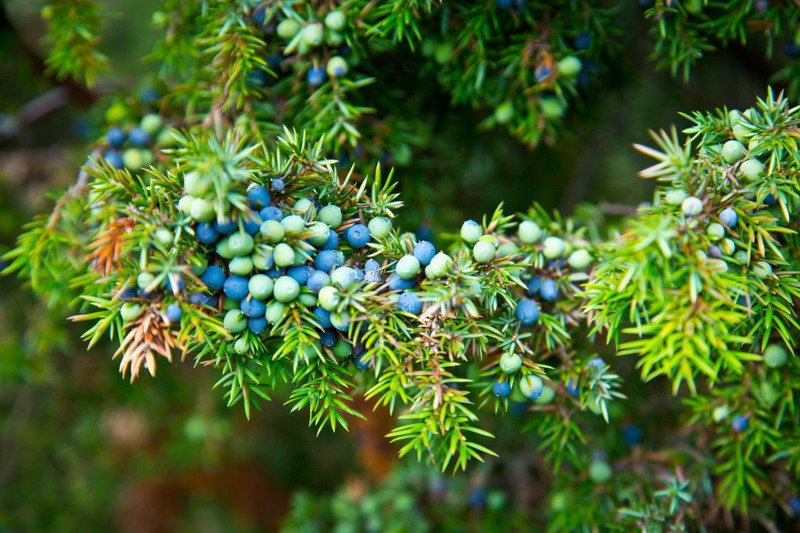
©Prangli Travel – Junipers grow on Prangli Island not far from Tallinn
2. Cloudberry
Not many people outside Northern Europe, Russia or Canada have heard of cloudberries. These berries look like honey-colored blackberries and are found in Estonian bogs and wetlands in July and August. With their creamy texture and delicious taste, cloudberries are loved by Estonians. Locals make homemade cloudberry jams and juice or use them in cakes. You can even find cloudberry yogurts or even cottage cheese in Estonian supermarkets. Cloudberries are high in vitamin-C and are also known to support the body’s microbiota, for example, when taking antibiotics.
If you have never tasted cloudberries before, it is a sign that Estonian nature has something unique to offer you! As cloudberries can be found in bogs, book a Bog-Shoe Hike from Tallinn and let your nature guide help you find these golden berries. Even better, book the Estonian Bogs and Sauna Tour so that after your bog hike, you can relax in typical Estonian sauna which benefits your heart and muscles. If you come to Estonia when cloudberries are not ready yet, there are plenty of other things to discover!
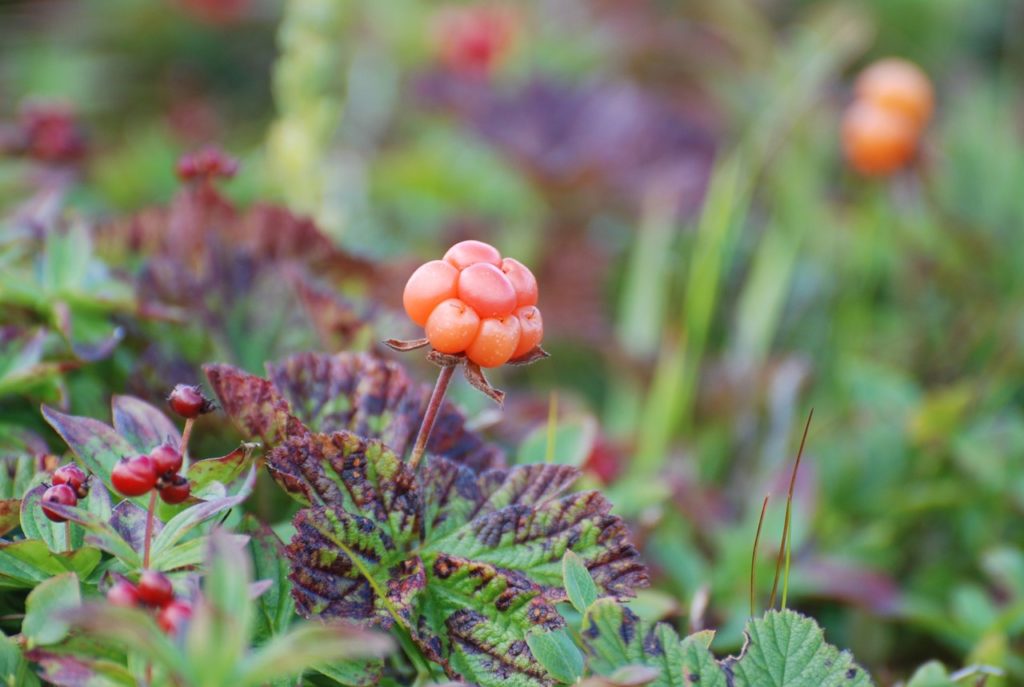
3. Dandelion
This yellow flower can be found in many parts of the world. Dandelions have great detox abilities which help to take toxins out of your body. They are also very common in Estonia, so why not pick a few dandelion leaves from clean nature during your day trip or nature tour in Estonia in spring when the first leaves are appearing. You can add fresh dandelion leaves to salads, smoothies or soups or eat them directly. However, avoid older leaves as they are bitter. The leaves are high in vitamin C, K and A as well as iron and magnesium. Dandelion roots are especially known in Estonia for keeping the blood vessels elastic and reducing cholesterol.
Dandelion roots are used in Estonia so much that we have something called ‘dandelion coffee’. It is made from roasted and powdered dandelion roots which are mixed with hot water to give a more bitter, but a much healthier drink than coffee.
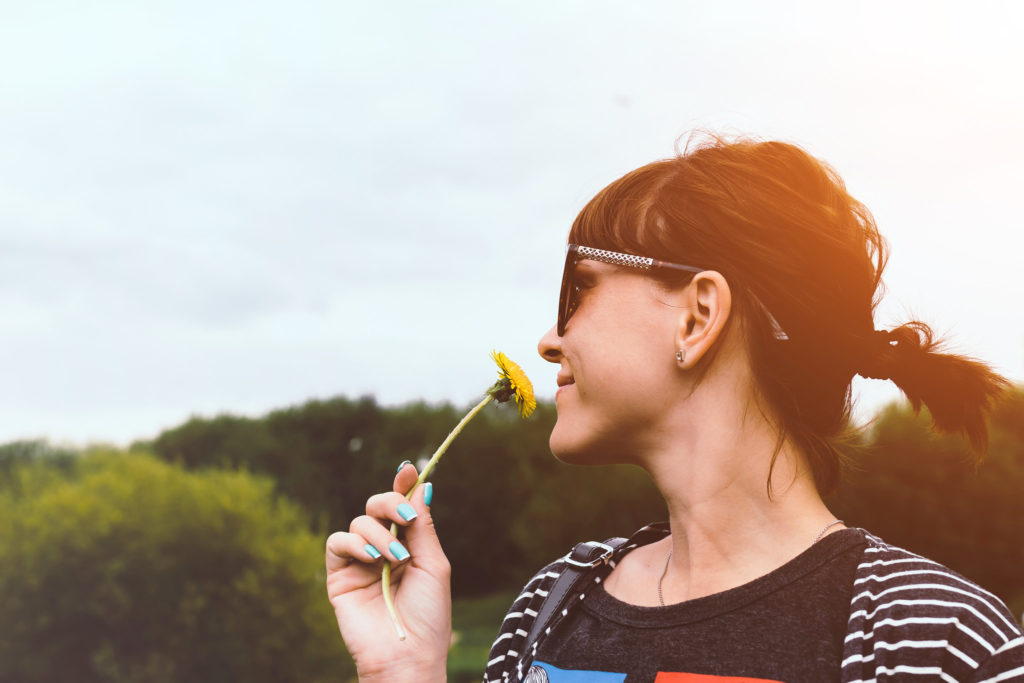
4. Blueberries
If most people associate these berries with blueberry muffins, then they are underestimating the real potential of blueberries. Blueberries improve memory and concentration, help with weight loss and decrease blood pressure. Most importantly, blueberries are one of the most nutrient-intense berries with high fiber, vitamin-C and vitamin-K concentration. It also has one of the highest antioxidant levels from all fruit and vegetables.
While most people are used to buying packed blueberries from the supermarkets, Estonians wait until July to go blueberry picking. Real blueberries from the forest are smaller but have a much stronger flavor and are more delicious than the ones sold in stores. If you visit Estonia in July or August, make sure to book a Day Trip to Lahemaa National Park and your tour guide can show where to go blueberry picking. Blueberries also grow on Prangli Island that you can visit on the Day Trip to Prangli Island. Tasty and healthy – what more can you ask for?
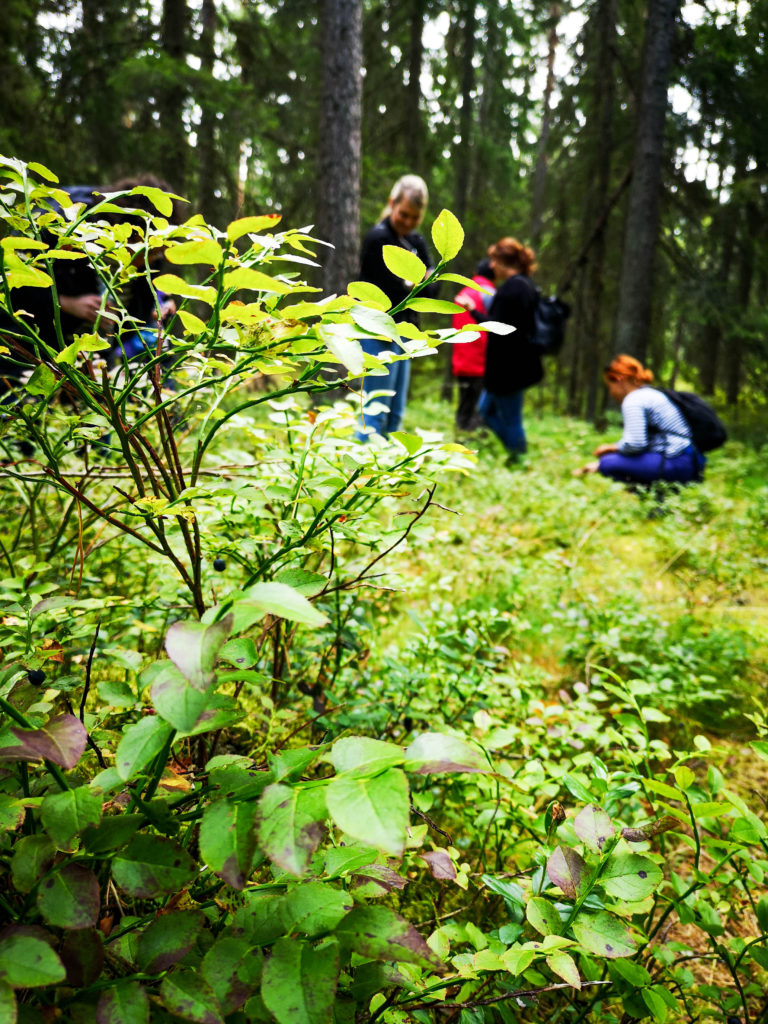
5. Breckland thyme
Despite the slight bitter taste, the tea from Breckland thyme is used for its health benefits. The tea fights common cold by healing cough, sore throat, runny nose and fever. It is important to remember, that to get more healing properties, you should drink the tea once it has cooled down. To make the tea taste even better, add some honey which is also good for health! You can also make tincture from thyme blossoms to relieve pain in the joints. As Breckland thyme grows on the seaside and in pine forests, you can find it together with Juniper on the Day Trip to Prangli Island.
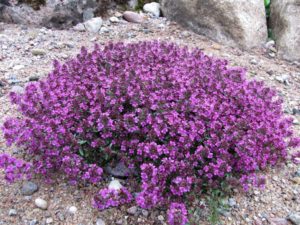
6. Spruce
Who knew that an average spruce tree that finds its way to our homes and onto our knitted sweaters every December has great nutritional value? Maybe you have never thought about adding a few teaspoons of spruce needles to your tea. However, small bunches of young spruce needles are very high in vitamin-C and contain iron. The young spruce tips are tasty to eat on their own and it is a common thing to do in Estonia! Funnily enough, Estonians are a nation that knows what spruce tastes like.
If you visit Estonia in spring, make sure to ask your nature guide to point them out for you on the combined Tallinn Old Town and Bog Hike tour, on your Day Trip to Lahemaa National Park or any other nature tour in Estonia. Spruce is the third most common tree in Estonia after pine and birch, so it is easy to come across. Thick spruce forests are calming and great for hiking throughout the year.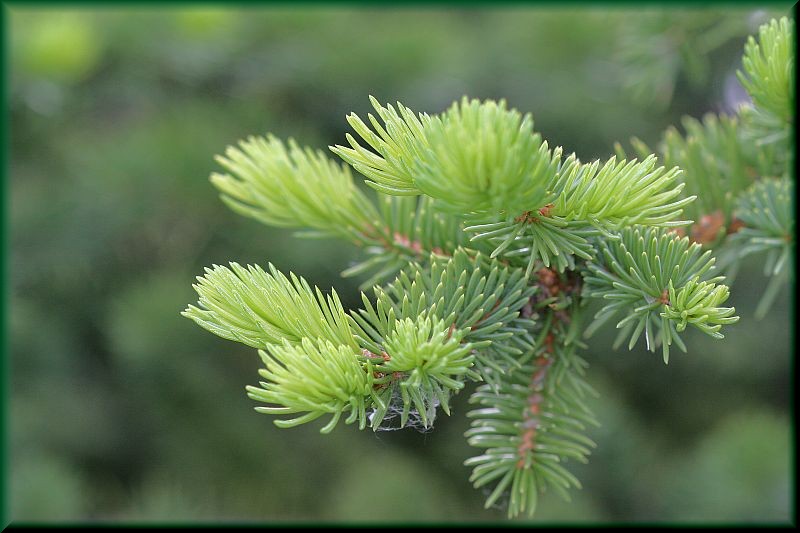
©Marilylle Soveran – Fresh spruce needles at tips of the branches
7. Nettle
Don’t touch it! Or if you do, then touch it carefully. Nettles are feared by people as they sting. However, this is not a good enough reason to avoid them completely. They are high in protein and silica and have detox properties. It is recommended to make tea using nettle leaves and to drink it when it has cooled down. Nettle also played an important part in ancient Estonian medicine, as it was known to protect people from all kinds of bad diseases.
You can even eat raw nettle leaves when they are young or add to soups, salads and smoothies! If you are careful, you can pick nettle leaves without getting stung. Dare your guide to eat a nettle leaf on your Rummu Submerged Quarry and Coastal Cliffs tour and see if you can do it yourself. This tour is for the thrill-seekers, so adding extra challenges only makes it better!
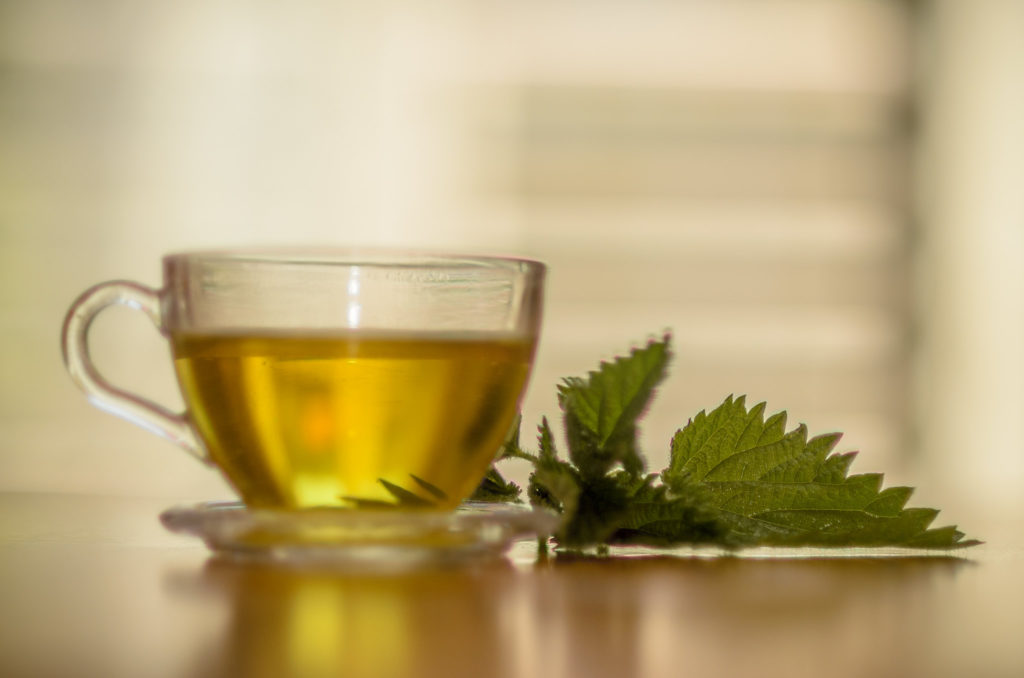
8. Sorrel
Tasty and sour sorrel leaves are commonly found in the forest and grasslands of Estonia in springtime. As many viruses go around in spring, sorrel helps to build your immune system. Thanks to its high vitamin-C and iron content, many Estonians look for it in spring to add to their salads. Why not try out the Estonian way of getting your food from the forest? Take a small bag with you and go looking for sorrel leaves on your Day Trip to Lahemaa National Park or on Prangli Island. It is a great snack for when you drive along the coastline to fishing villages and old manor houses.
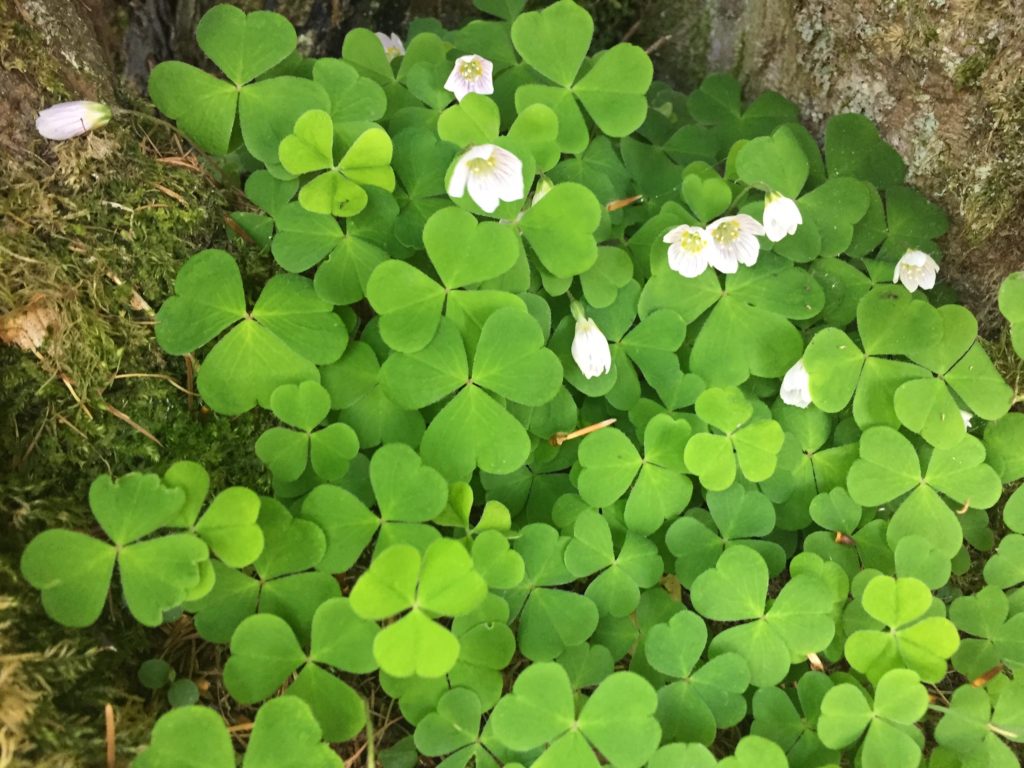
9. Crowberry
Another berry common in northern latitudes can easily be found in Estonian bogs and forests. These dark pea-sized berries are high in vitamin-C but are however, quite tasteless. In Estonian we call them ‘Rooster berries.’ The local ancient knowledge also points to its benefits for kidneys and liver. The rest of the plant is used for tea which relieves headaches. Dried crowberry twigs must be let to simmer in hot water for an hour for a cup of relaxing tea.
You can look for crowberries during your Bog-Shoe Hiking adventure or on Bogs and Sauna Tour. It is also a common plant in coastal areas and grasslands and therefore can be found on Estonian islands. You can have a look during your Day Trip to Prangli Island while you wonder around the pine forests and rocky shores on the island.
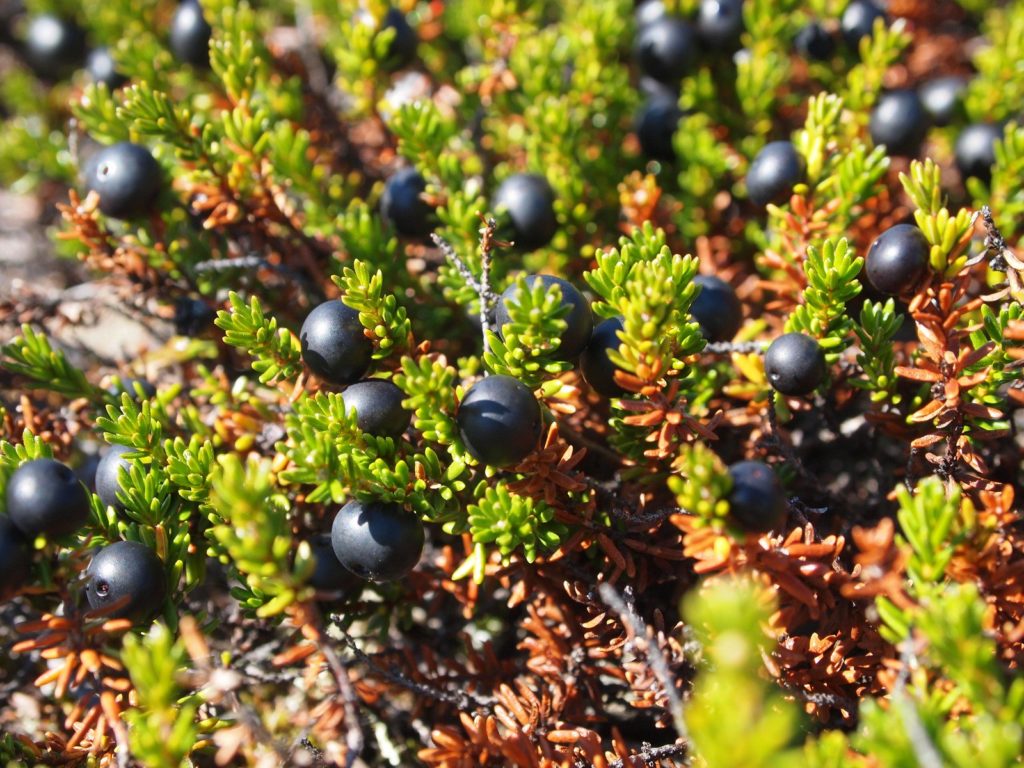
10. Reindeer Lichen
This is a great plant that is available all-year-round unless it is covered by thick snow. In Estonian we call it ‘Moose moss’ as we don’t have any reindeer. It looks similar to more widely known Icelandic moss, but is different. The fact that this plant helps to cure cold is known by kids, who would have already heard about it from Estonian fairy tales. It boosts your immune system, fights infection, relieves pain and helps digestion. Making tea with crushed ‘moose moss’ can cure cough, runny nose and relieve asthma and pneumonia. You can find it in Estonian coniferous forests, for example in Lahemaa National Park or on Prangli Island no matter if you visit during the summer or winter.
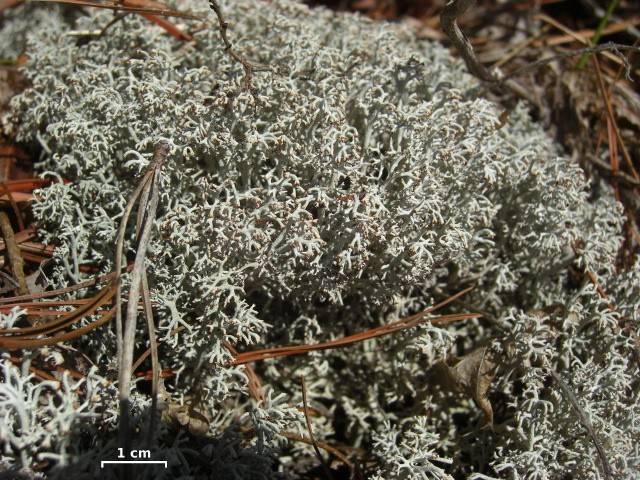
These are only few out of many Estonian plants that locals use to fight lighter diseases. We would like to emphasise that you should not pick plants that you are not sure of and should always seek advice beforehand. However, if you visit Estonia and would like to discover the local nature, book a nature tour with local Estonian tour guide who can tell you more about edible plants. Lastly, make sure to eat healthy, get plenty of vitamins and enough sleep to help your body’s immune system. We hope to see you in Tallinn once the COVID-19 outbreak is over!

